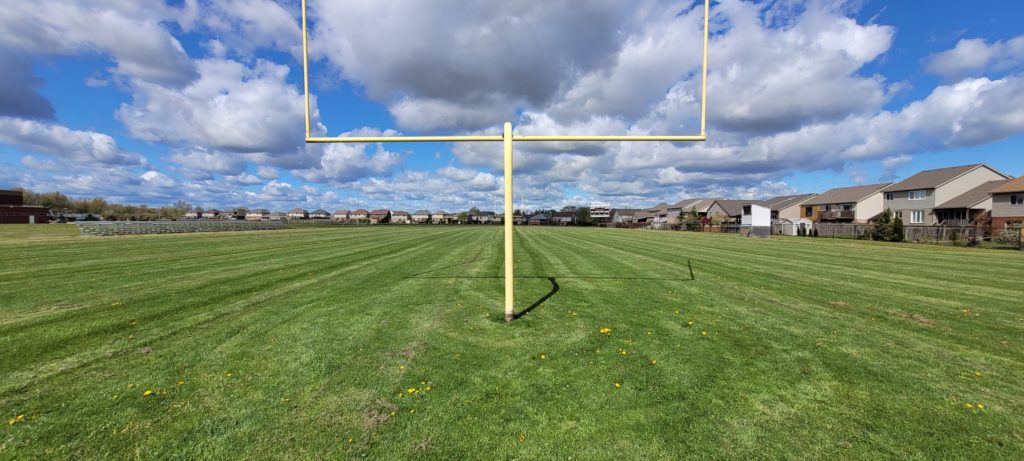Artificial turf has become increasingly popular in recent years, with schools, parks, and sports facilities opting for its supposed ease of maintenance and pristine appearance. However, the potential risks associated with artificial turf cannot be ignored. From toxic chemicals to increased injury rates, there are numerous reasons why real grass is the better choice.
One major concern with artificial turf is its potential impact on the environment. During rain events or snow melts, artificial turf can contribute to flooding and runoff that carries harmful chemicals into nearby waterways. In British Columbia, for example, researchers have found that artificial turf contains high levels of PFAS, a group of toxic chemicals that do not break down in the environment and have been linked to health problems in humans and wildlife. This has raised concerns about the impact of artificial turf on fish populations and water quality in the region.
But the environmental impact is not the only concern. Studies have also shown that artificial turf can lead to increased injury rates among players, particularly in contact sports such as football. The harder surface of artificial turf can lead to more serious injuries, such as concussions, compared to natural grass. Additionally, the small rubber pellets used in many artificial turf fields can become dislodged and find their way into players’ eyes, mouths, and even lungs.
Beyond the health and safety risks, there are also aesthetic and cultural reasons to opt for real grass. Grass provides a more natural and inviting environment for players and spectators alike, with its soft texture, vibrant colors, and the beneficial effects of photosynthesis. Real grass can also provide important habitats for wildlife and support biodiversity.
Some argue that artificial turf is easier to maintain than real grass, but this is not necessarily true. Artificial turf still requires regular maintenance to keep it clean and safe for players. And while the initial cost of installing artificial turf may be lower than that of real grass, the long-term costs associated with repairs, maintenance, and replacement can add up quickly.
Ultimately, the risks associated with artificial turf cannot be ignored. Real grass is the safer, more sustainable choice for sports fields and parks. It provides a natural, inviting environment for players and spectators, supports biodiversity, and helps reduce the risk of injury. And with proper maintenance and care, real grass can provide a durable and long-lasting playing surface for years to come.

References:
- The Guardian: Boston bans artificial turf over toxic ‘forever chemicals’
- The Guardian: Phillies ball players face cancer risk from artificial turf, report says
- Yahoo Finance: Dangerous ‘forever chemicals’ were found in artificial turf in several US states
- Audacy: Ford Field upgrading artificial turf to protect players
- NBC Sports: Ex-Bear Zach Miller reacts to Titans’ installment of new turf
- National Football Post: NFLPA filing grievance over Panthers’ turf
- CBC News: Synthetic turf fields in B.C. releasing microplastics and toxic chemicals, researchers find